Nation’s largest office-to-residential conversion starts leasing for 1,300 apartments in FiDi
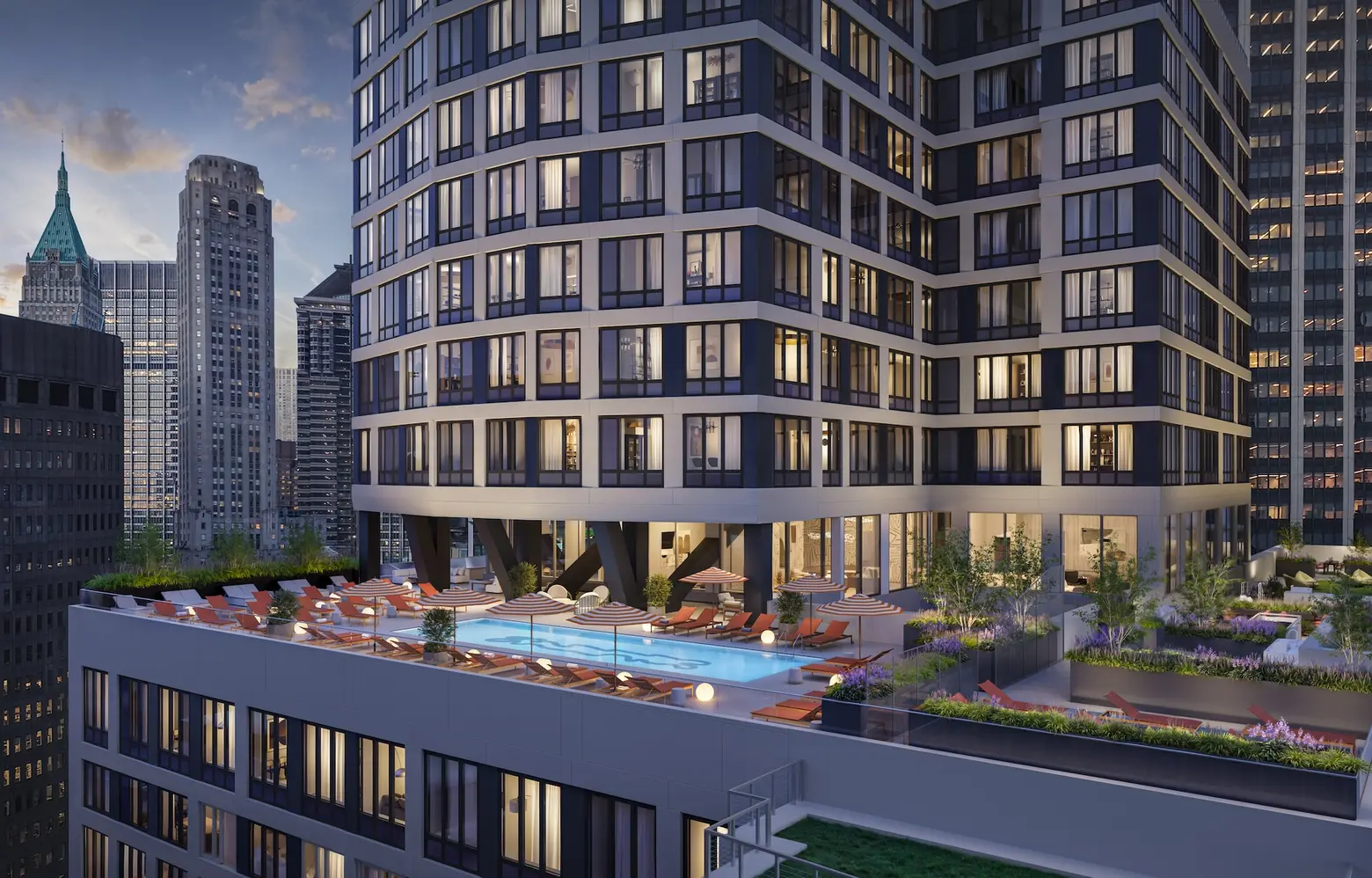
All renderings courtesy of Streetsense
The largest office-to-residential conversion in the country officially began leasing in the Financial District. The former 1960s office tower at 25 Water Street, once home to JPMorgan Chase and the New York Daily News, is now a luxury apartment building with 1,320 homes and 100,000 square feet of amenities, following a two-year redevelopment designed by CetraRuddy. Dubbed “SoMA,” for its location in “South Manhattan,” according to a press release, the rental is the first to take advantage of the 467-m tax break, a new incentive for converting offices to residential space.
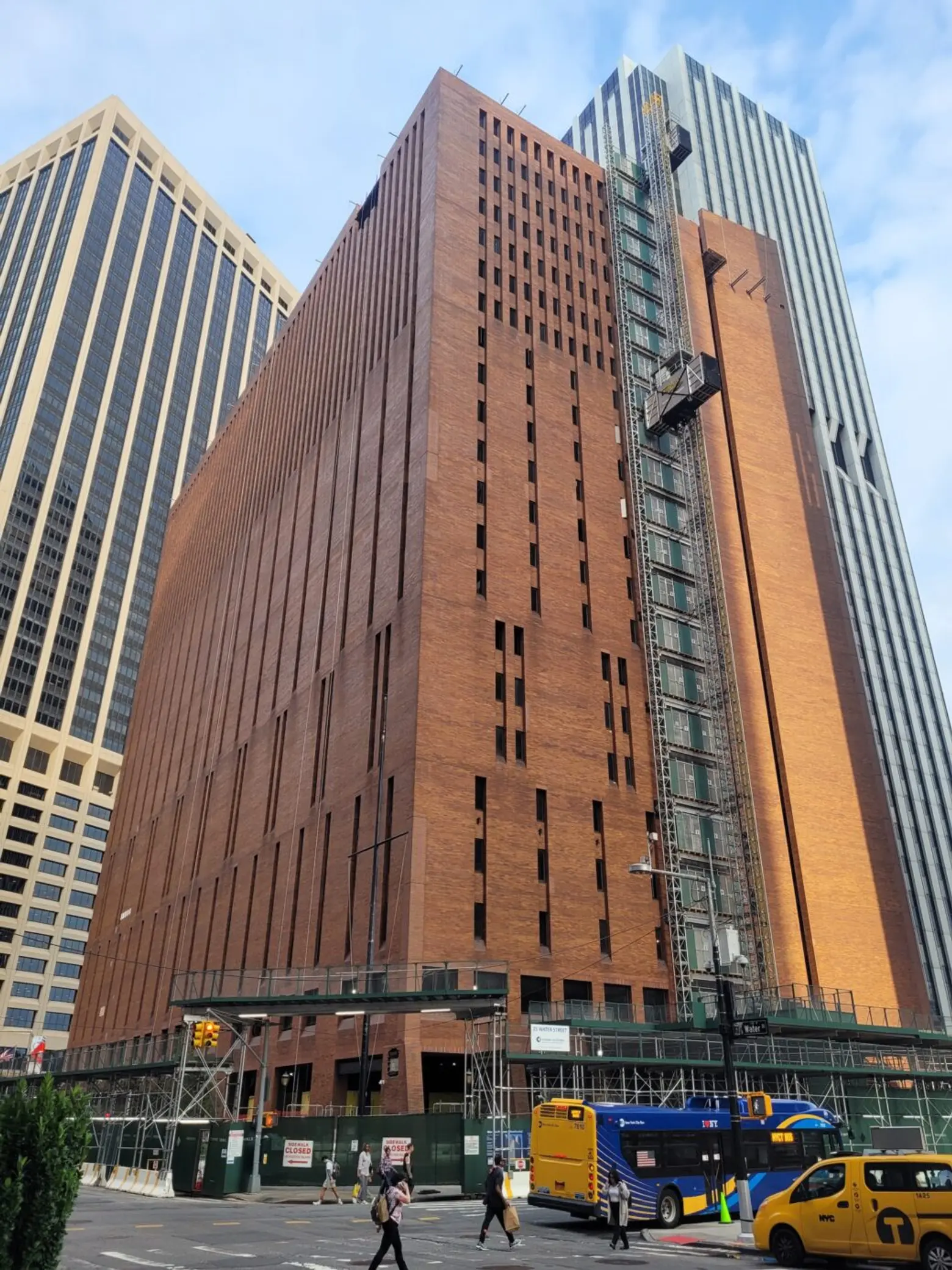

The brick Brutalist building, originally known as 4 New York Plaza, was built in the late 1960s as an operations center for the bank Manufacturers Hanover Trust Company. Since the building mostly held computers, windows were not an important part of the structure; it was designed to look like a punch card.
After flooding from Hurricane Sandy damaged the building in 2012, tenants like JPMorgan Chase and the Daily News did not return for a year. In 2020, the newspaper closed its newsroom and JPMorgan cut back its presence at the building preparing to move to new headquarters at 270 Park Avenue.
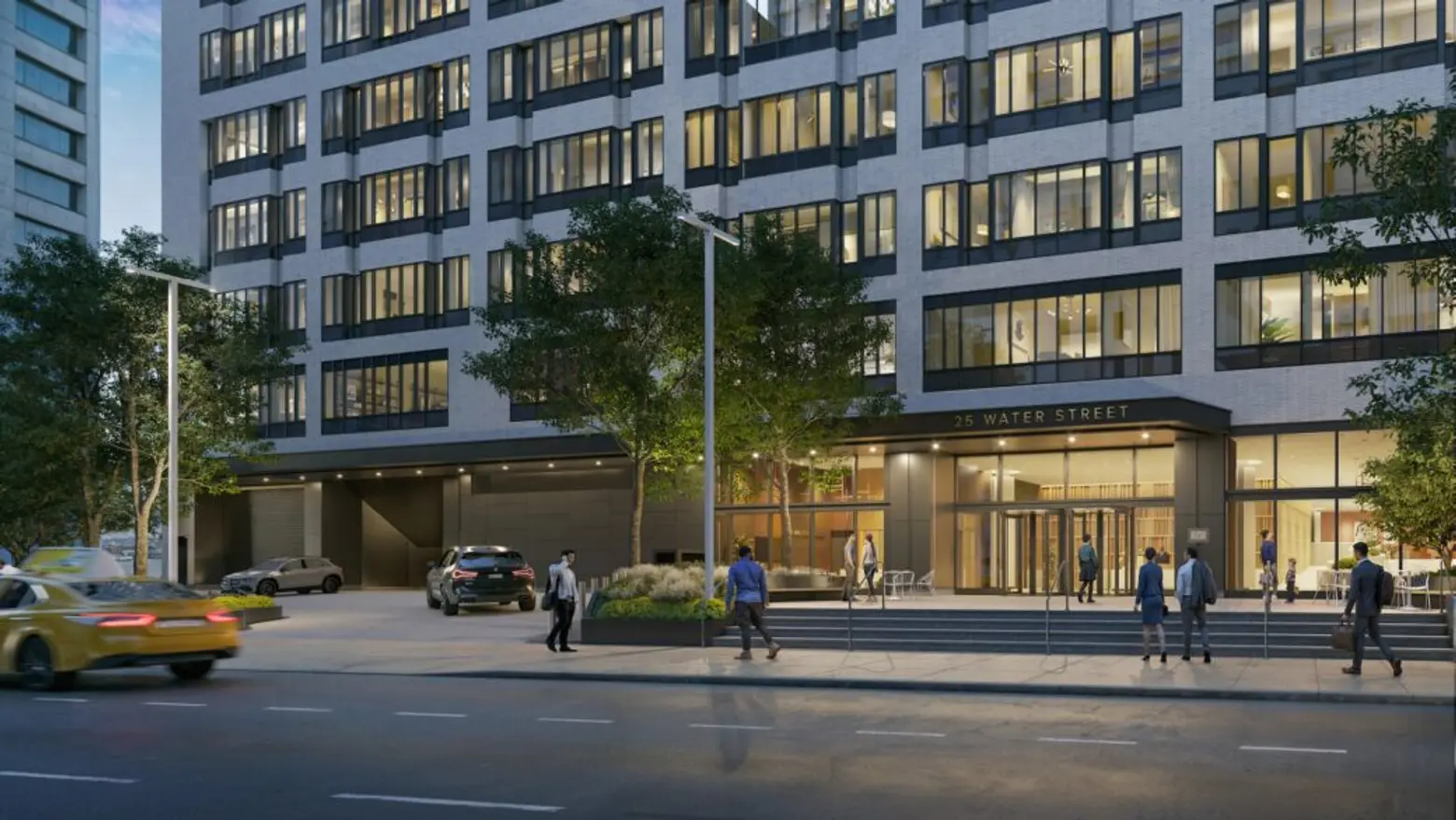
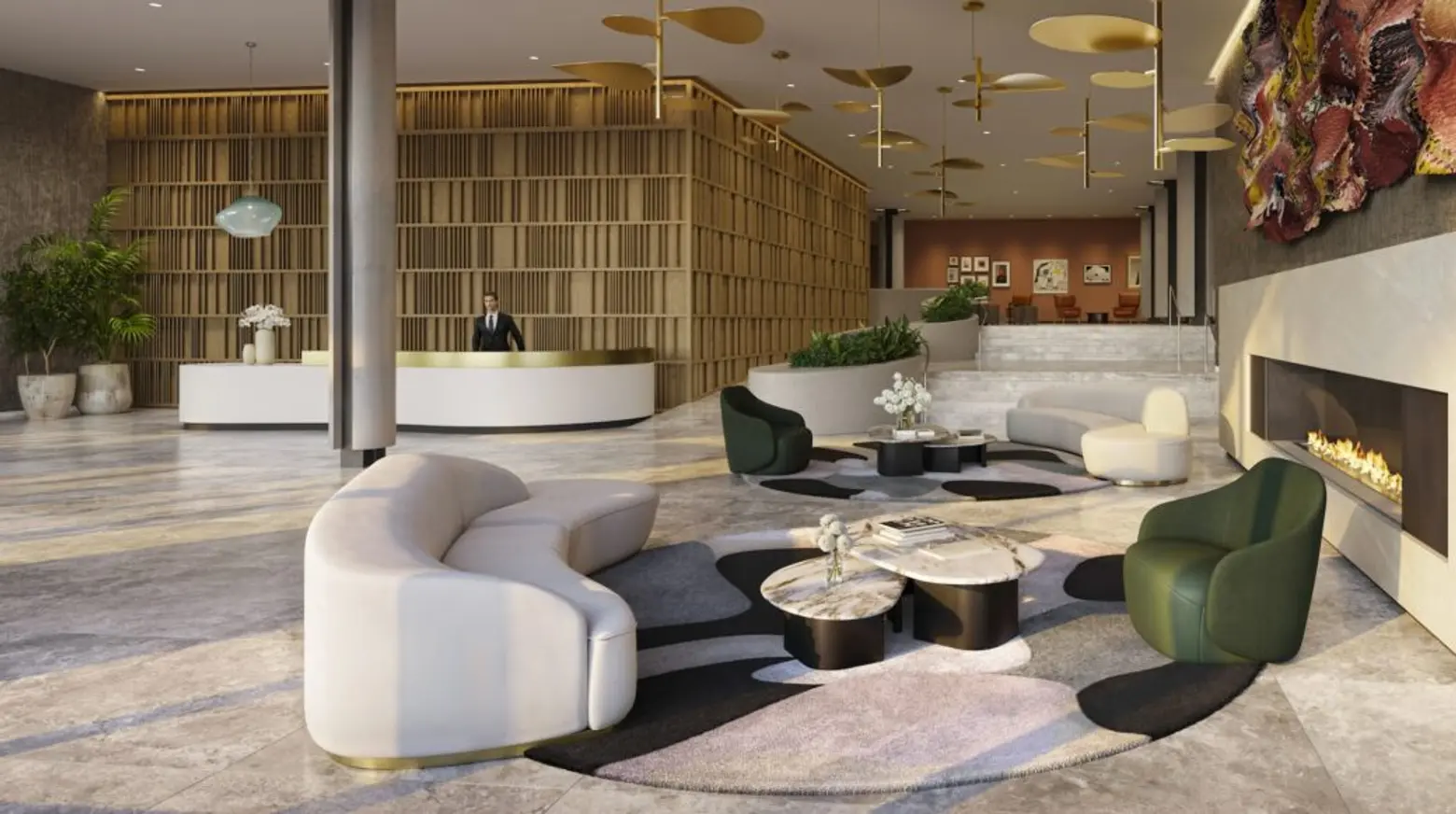
Developers GFP Real Estate, Metro Loft, and Rockwood Capital bought the building in 2022 with plans to convert the 22-story office tower into apartments. As part of the $800 million redevelopment, two light wells have been carved out at the center of the building, to allow in natural light and air, and a large portion of the facade has been removed and replaced with windows. A 10-story overbuild was added to bring the height of the building to 32 stories.
The 1,320 luxury units range from studios to three-bedroom apartments, as well as a collection of penthouses at the top of the building. Apartments feature home offices, soaring ceilings, custom Italian kitchens with paneled appliances, in-unit washer-dryers, custom solar shades, and water views.
According to the rental’s newly launched website, pricing for the apartments starts at $3,436/month for a studio. According to Bloomberg, three bedrooms will go for about $10,000/month, with higher-floor apartments closer to $12,000/month.
About a quarter of the units will be designated affordable, a requirement of the 467-m tax incentive approved by the state last year.
Compass Development Marketing Group is the project’s exclusive leasing and marketing partner.
“While we’re well acquainted with the practice of adapting underutilized and vacant office and commercial structures into elevated residential offerings, SoMA presented a singular opportunity through its sheer scale,” Nathan Berman, founder of Metro Loft, said in a statement.
“The site and location possessed such great potential, making it a challenge worth undertaking. There is no other location in the surrounding area where you can live with such impressive water and skyline views within the context of such expertly crafted homes and communal spaces.”
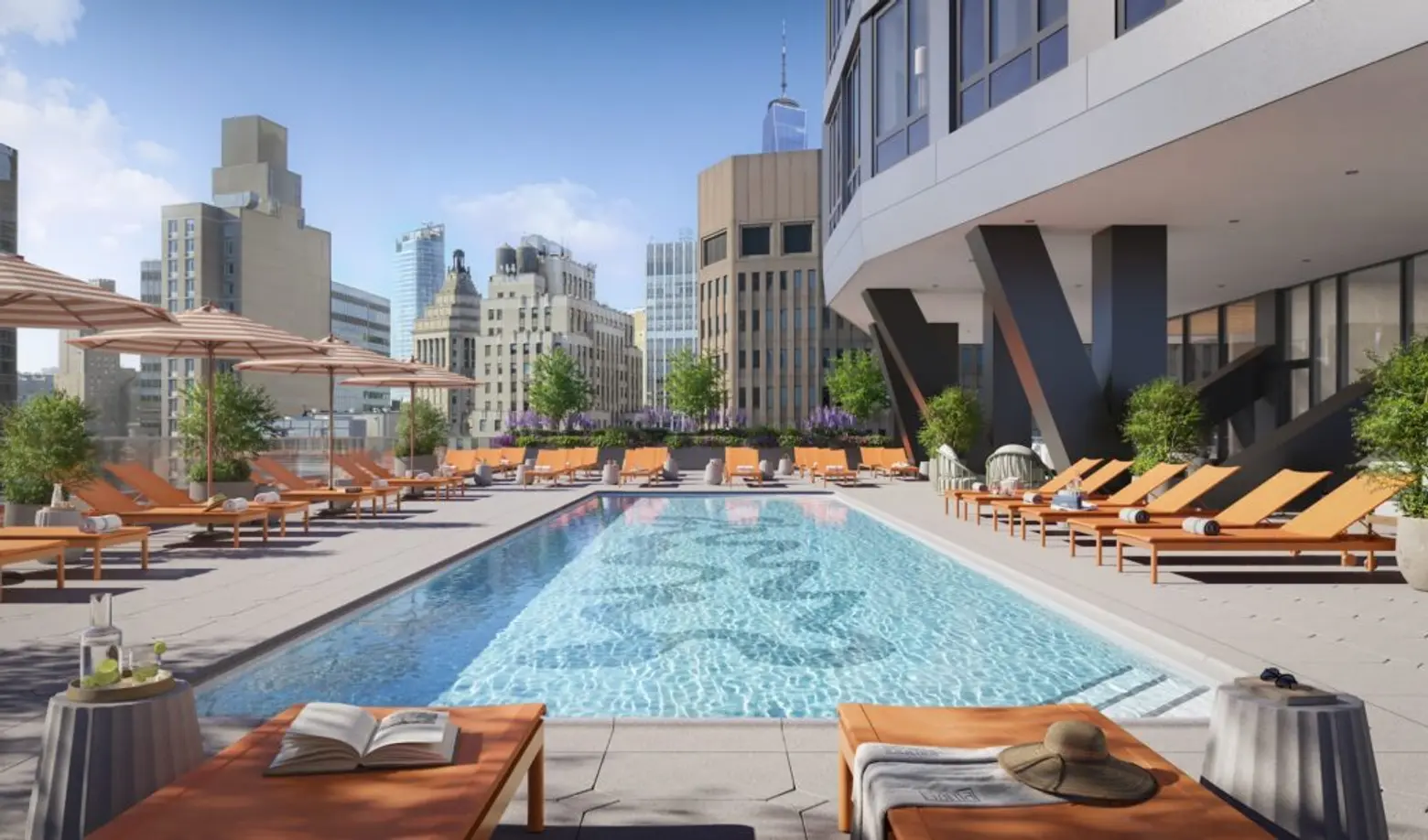
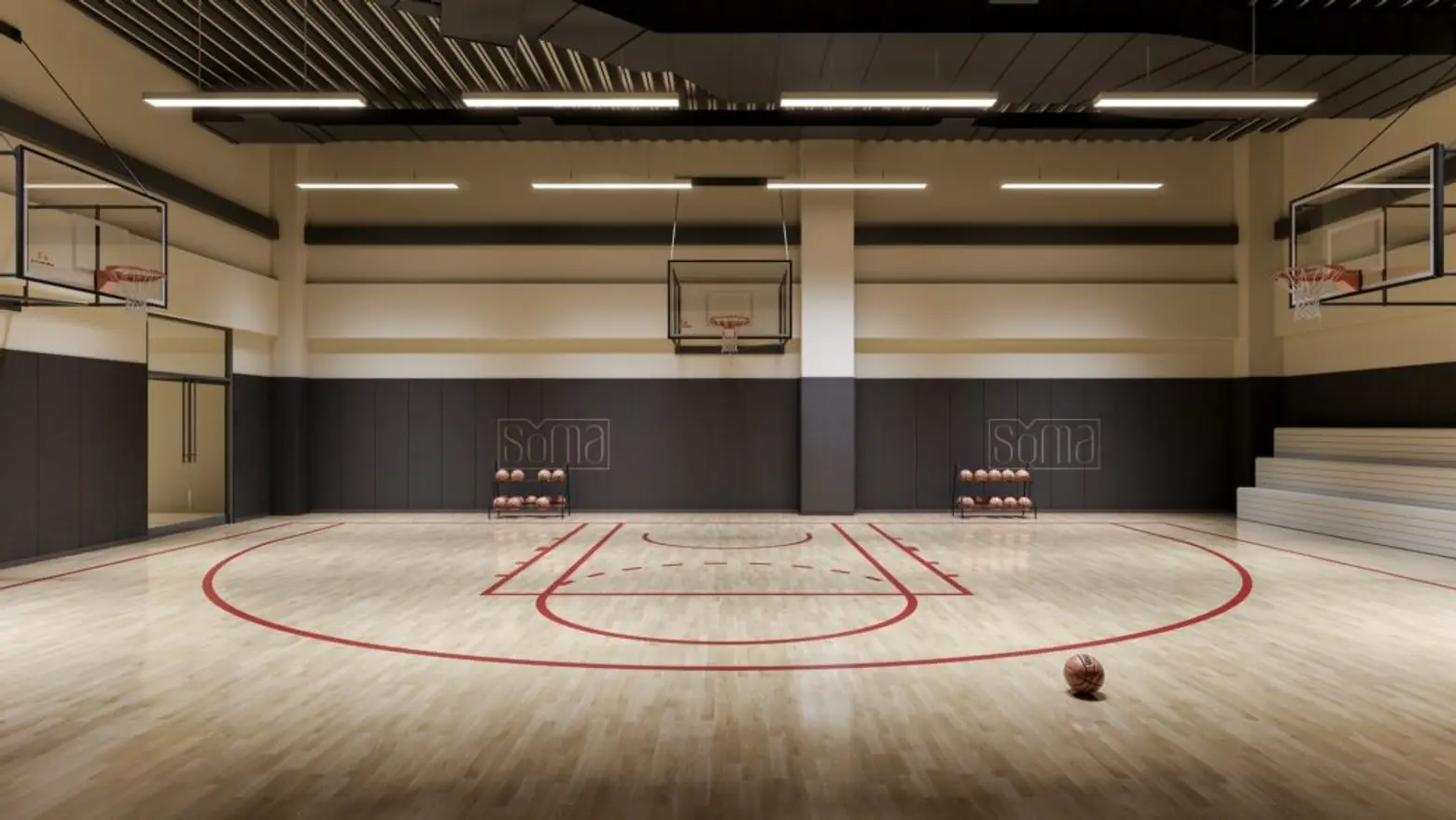
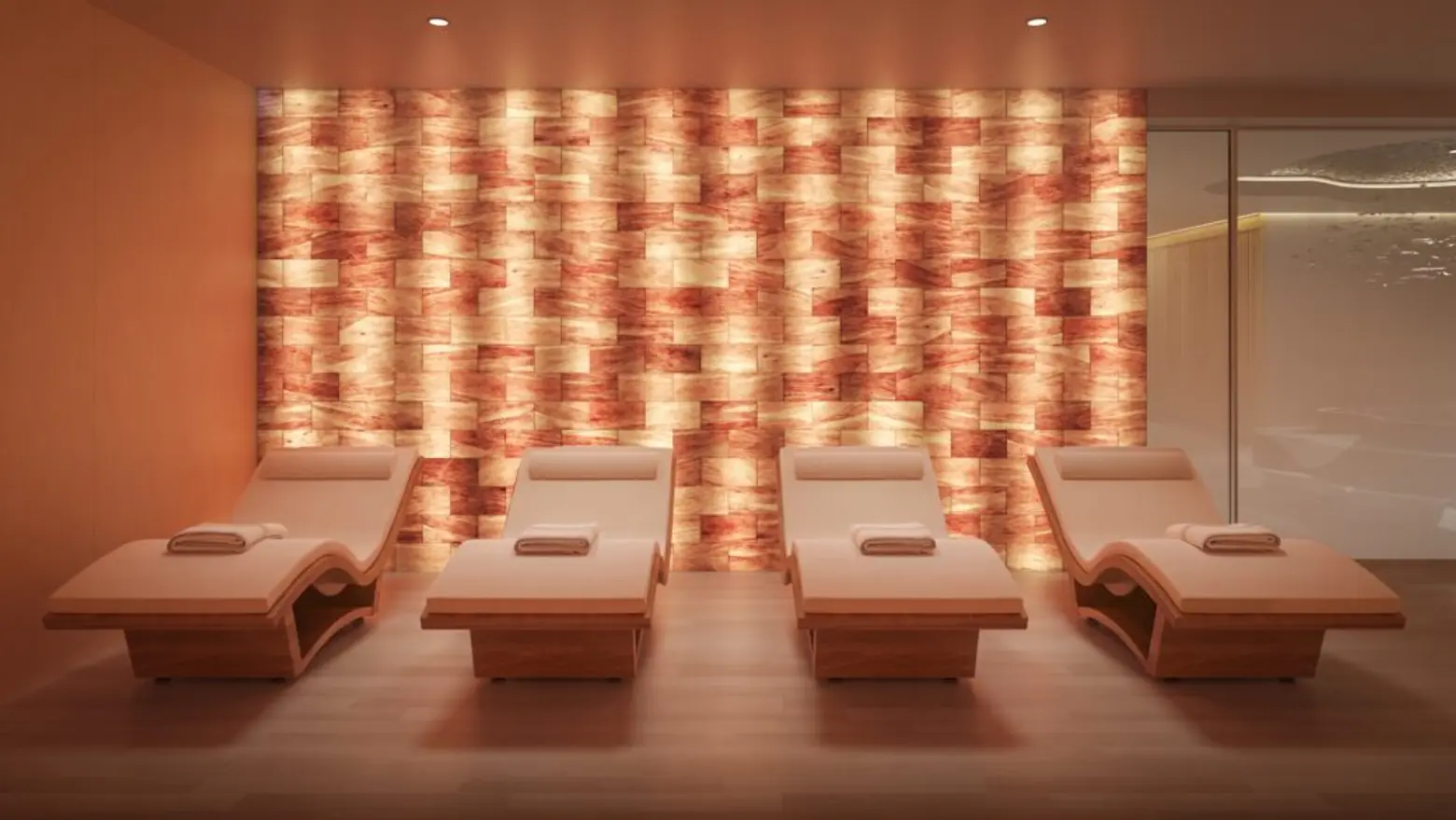
Residents can access 100,000 square feet of amenities, including common perks like a fitness center, spa, and co-working spaces as well as more unique offerings like a private bowling alley and a karaoke room. There’s also a rooftop terrace, an on-site basketball court, two pickleball courts, and two swimming pools.
The “SoMA Spa” offers a steam room, Himalayan salt room, infrared sauna, relaxation room, and treatment rooms.
“As architects who have planned and designed residential conversions across New York City for nearly four decades, it’s no exaggeration to say that SoMa is a unique and completely unprecedented project in both scale and vision,” John Cetra, founding principal of CetraRuddy, said.
“We’re thrilled to be a part of the team responsible for this building’s transformation. From the pioneering use of new tax incentives, to its impressive technical and design solutions and the unequaled residential experience in one of Manhattan’s best locations, SoMa sets a higher standard for what’s possible in giving new life to former office buildings. People across the country and around the globe will be looking at this project as the new paradigm.”
Several office-to-residential conversions are completed, underway, or planned for the Financial District as its transformation into a live-work neighborhood continues. In addition to 25 Water Street, residential conversions at 55 Broad Street, 77 Water Street, 160 Water Street, 111 Wall Street, and 1 Wall Street are expected to add roughly 5,000 new homes to the area.
While SoMA is currently the largest completed office-to-residential conversion in the country, the conversion of Pfizer’s former headquarters in Midtown will have it beat upon its completion, with more than 1,500 apartments expected to hit the market next year.
RELATED:
Interested in similar content?
Leave a reply
Your email address will not be published.
























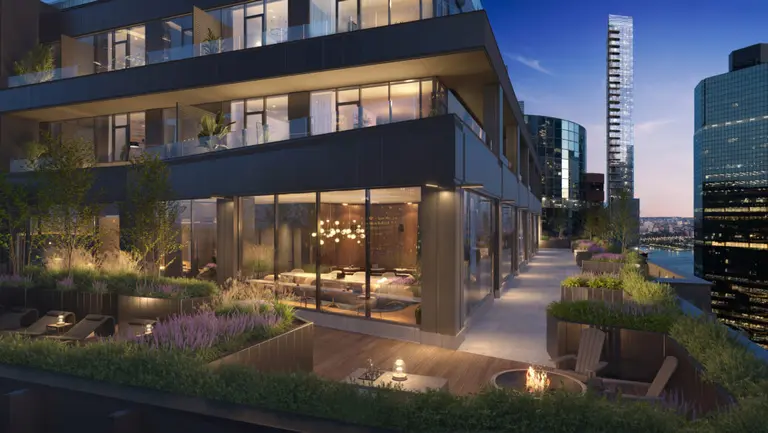
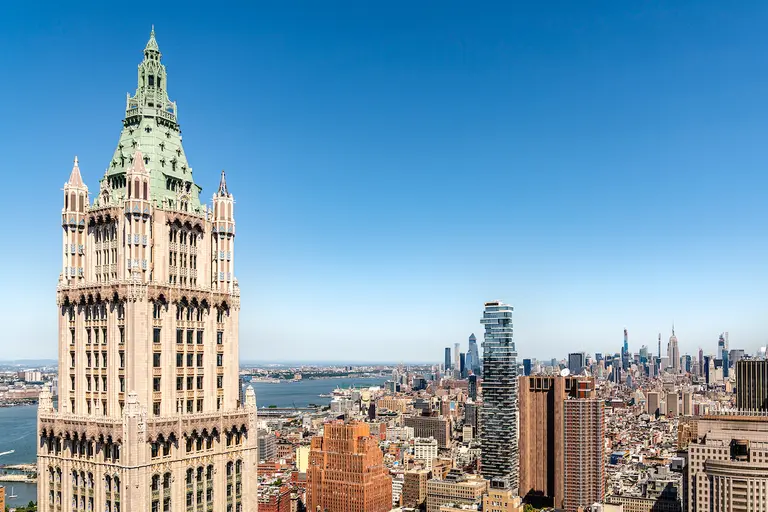





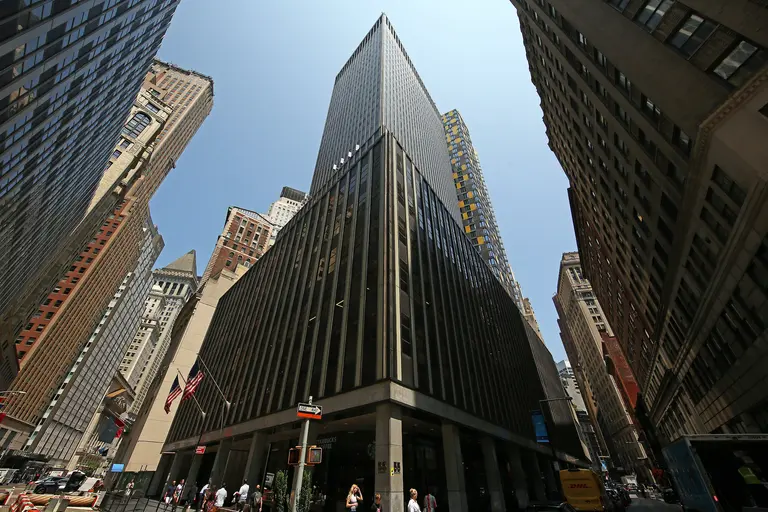
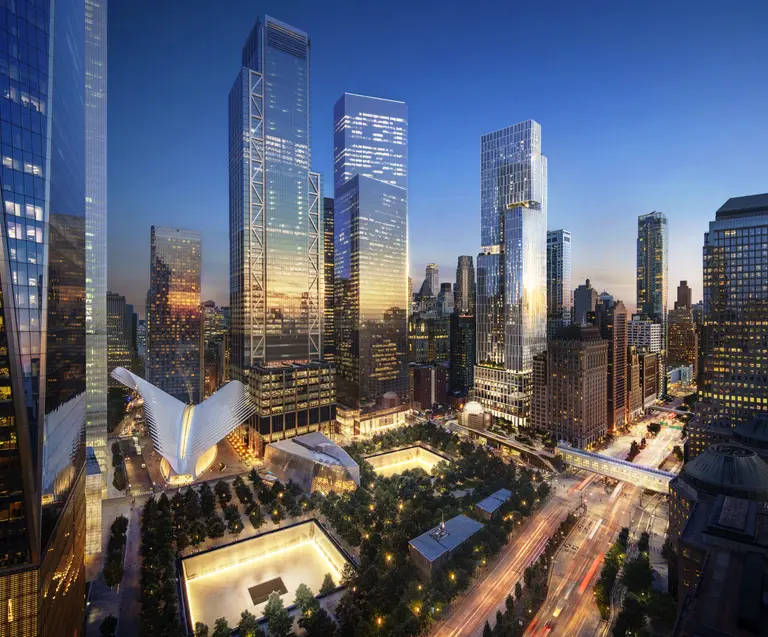
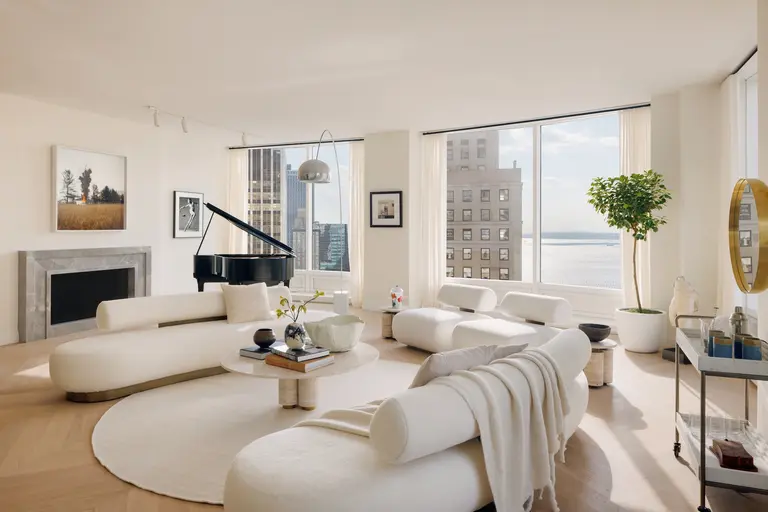
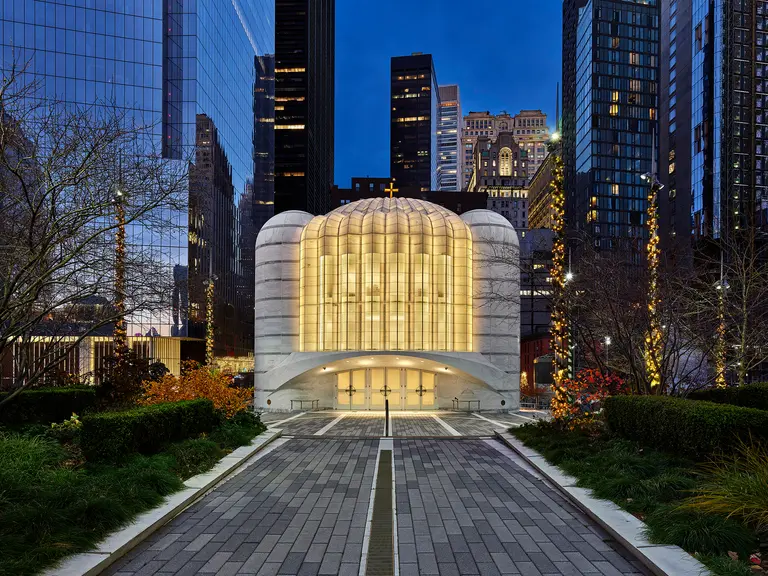
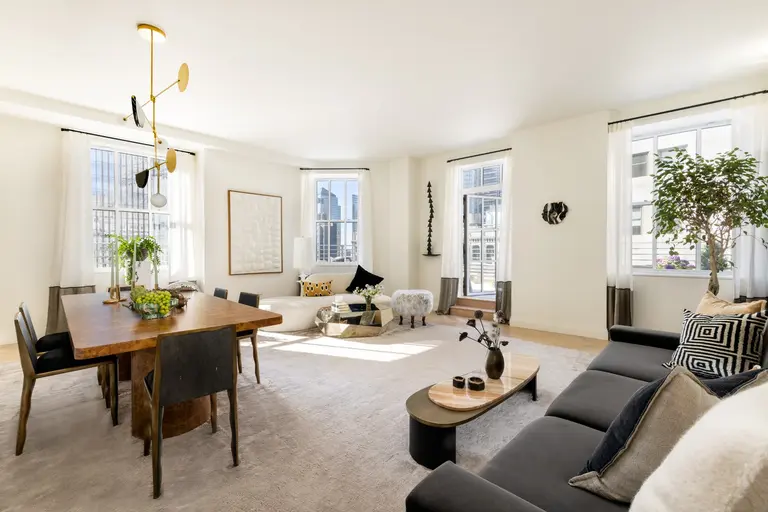
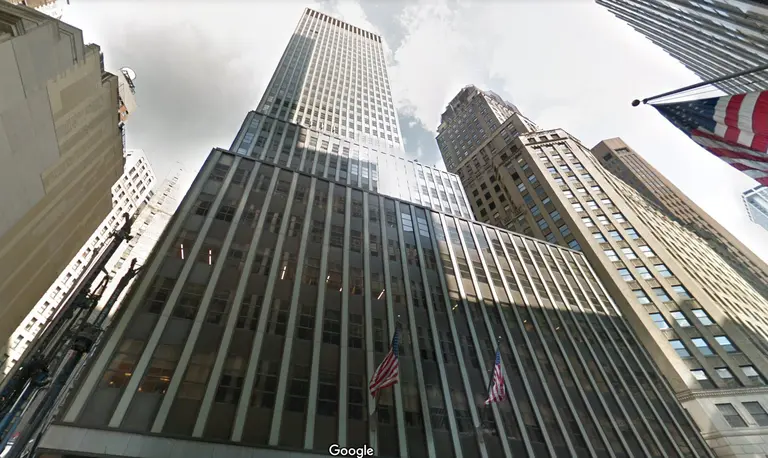
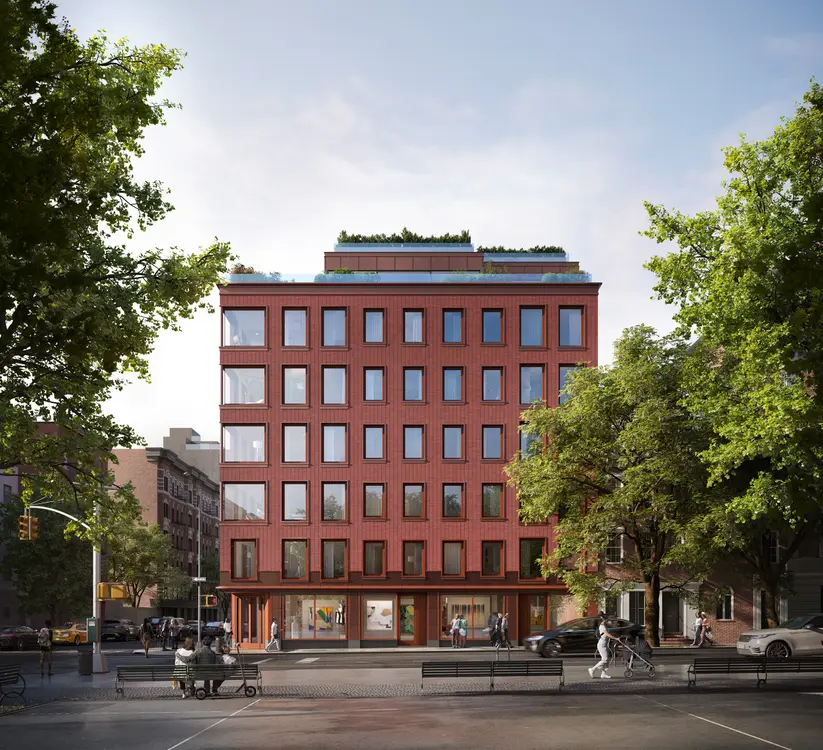


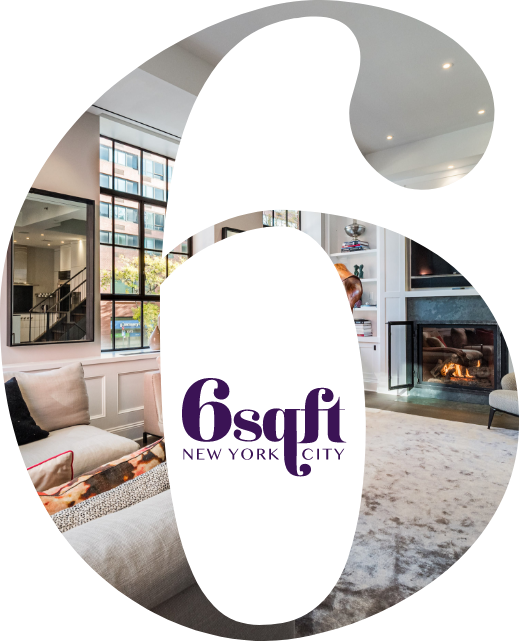






and the quarter of those (affordable) units will probably be close to market rate, especially in these better off neighborhoods